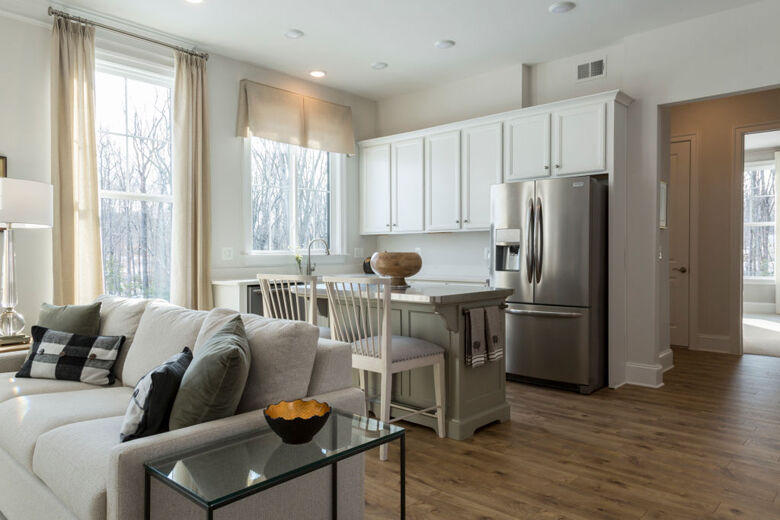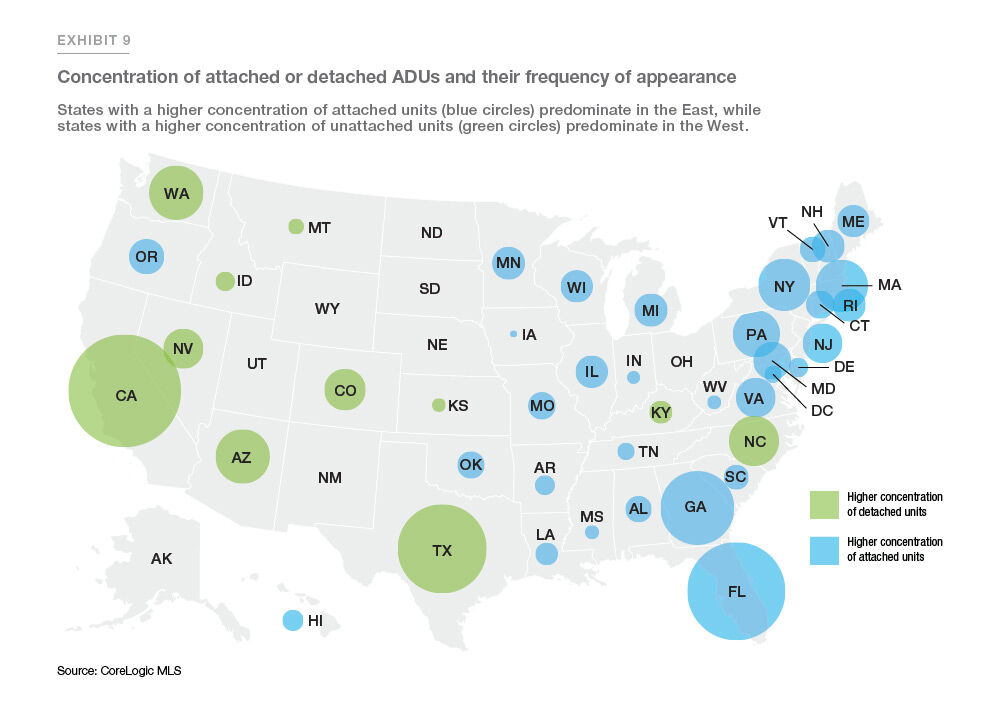
They go by many names — granny flats, artist studios, in-law suites, she sheds — but they are all technically accessory dwelling units, and Freddie Mac research shows a dramatic growth in homeowners who have them.
In 2019, 70,000 residential properties with ADUs were sold, representing 4.2% of total homes sold on listing service MLS.
In 2000, only 8,000 properties, or 1.1% that sold had ADUs.
They can serve as extra space for the owner, or provide additional income with renters.
In 2019, 8,000 ADU rentals were leased, representing 2.9% of total homes leased, more than double ADU rentals in 2000.
Between 2009 and 2018, the number of ADUs listed for the first time, including for-sale and for-rent units, grew by an average 8.6% year-over-year.
“The nation’s affordable housing crisis has intensified in this turbulent economic environment, and ADUs are increasingly providing a viable affordable housing option for people of all ages,” said Sam Khater, Freddie Mac’s chief economist.
They can be inexpensive additions for homeowners, who already own the land. The structures are small and often pre-fabricated.
“Because of the size, you have flexibility in the different construction sources, so factory-built housing here can really help. And that can really drive down the cost,” Khater said.
Getting permits to build ADUs can be a challenge, and neighbors don’t always like them. But many jurisdictions may be making approval and permitting more available.
“Anecdotally they are. I think you’re seeing demand rise for them. So I think many jurisdictions are beginning to look at other sources of supply besides new construction to meeting rising home demand. But often, it is a contested topic because you sometimes have neighborhood opposition to them,” Khater said.









